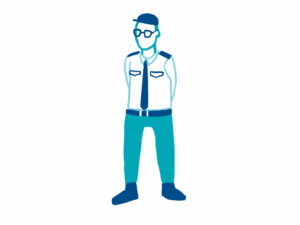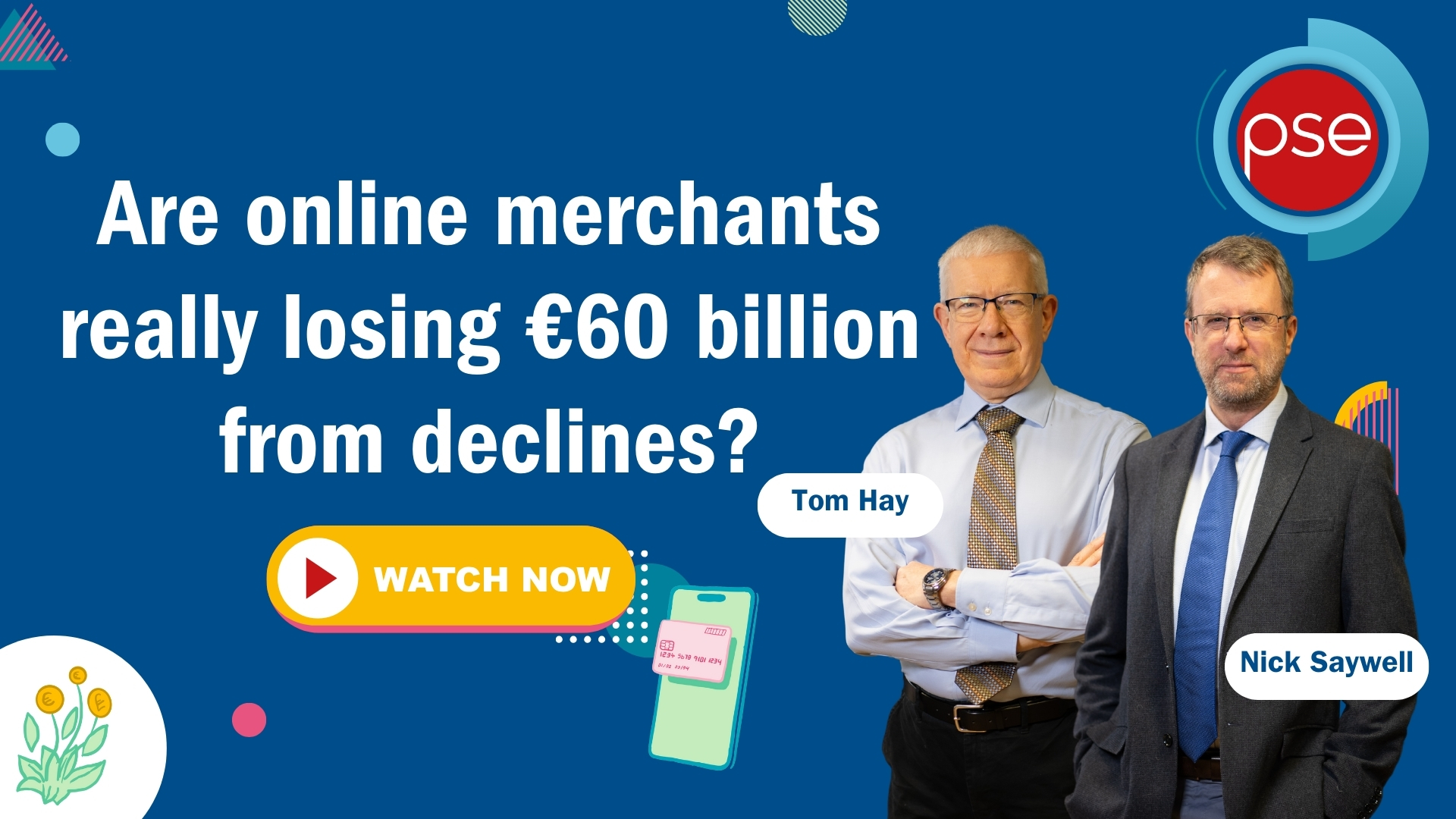Filling In the Gaps – Building a More Compelling Payments Proposition for SaaS/ISV Players in Europe
Filling In the Gaps – Building a More Compelling Payments Proposition for SaaS/ISV Players in Europe
Selling acquiring services to SMBs has always been tricky. There are many onboarding costs while the revenues remain modest, making payback periods lengthy. Traditionally, banks have reduced these costs by using their branch network, while non-banks used specialist sales organisations to knock on every door and every floor. More recently, PayFacs and tech-first acquirers have moved to digital self-boarding, but the cost of customer acquisition issue remains.
 In recent years, there has been an increased focus on the opportunities to use software platforms as a new SMB route to market. In the US, this model has been highly successful with acquirers using this channel growing at five to seven times faster than the wider market, according to Credit Suisse’s recent coverage of this segment. In Europe and the UK, however, getting these Software-as-a-Service (SaaS – sometimes known as ISV) providers to become a sales channel for payments has been tricky. In this article, we draw on recent PSE research with the software community that targets SMBs to identify the gaps in the market and how acquirers can up their game.
In recent years, there has been an increased focus on the opportunities to use software platforms as a new SMB route to market. In the US, this model has been highly successful with acquirers using this channel growing at five to seven times faster than the wider market, according to Credit Suisse’s recent coverage of this segment. In Europe and the UK, however, getting these Software-as-a-Service (SaaS – sometimes known as ISV) providers to become a sales channel for payments has been tricky. In this article, we draw on recent PSE research with the software community that targets SMBs to identify the gaps in the market and how acquirers can up their game.
The first thing to note is that approximately 60% of the SaaS community regards payments as a significant part of their merchant proposition. These SaaS providers also believe that up to 75% of their customer base could take an integrated payments offering. The SaaS world understands the value of delivering an integrated payments offer – and has seen the success of US players such as Toast, Lightspeed, and Shopify in driving payments revenues.
Players such as Stripe and GoCardless have understood this interest and have carved out relationships with 40-60% of those we interviewed. These technology-first players have done a fantastic job at recognising the paramount importance of their core payments product. According to our research, the most crucial factor when selecting a SaaS player’s current payment partner was their payment processing functionality, with ease of integration and ease of operational processes (e.g., onboarding) coming in a close second and third.
This points to the first gap in the UK and European markets. Many of the more traditional players do not have a gateway of sufficient quality to attract SaaS partners. Given the product-first focus of the software developer community, many major players need to invest significantly in their core gateway offering as well as the associated documentation and support environment. 
The second gap is related to the level of commercial returns. Despite this level of interest, almost two-thirds of SaaS companies only have a technical integration with their payments partners. In this case the SaaS player has a technical plug in for their payment partner, but no revenue share or sales incentives. This is even though 60% of those that we interviewed regarded the commercial terms of a deal as a key factor when selecting a payments partner.
For those that have a revenue generating commercial relationship with an acquirer, most are disappointed with the outcomes from the partnership. Some highlight the benefits of getting referrals from their payments partners, but most regard the financial returns as unattractive. For those who have not established a partnership, commercial concerns are the number one reason for not extending their current technical relationships.
This lack of a compelling commercial offering applies to all players. Acquirers need to provide an easier way to set up and manage these commercial relationships without the need for custom code, minimum referral levels, or complex compliance and revenue share models. The acquiring market has plenty of experience in dealing with third-party distribution channels, so it needs to create a more compelling commercial proposition for this community.
The third gap is one of communication. There are lots of software companies across Europe (Credit Suisse estimate about 14,000) so using digital channels to engage this group is as important as for the SMBs themselves. When asked how they selected their partner, most SaaS players admit that it is through their own research of supplier websites and feedback from the wider developer community. They are not waiting for a business development manager to call and pitch the partnership, or run an RFP, but are proactively researching the digital offerings of players themselves.
This area of DevEx is of vital importance if acquirers want to reach out to this group. Payment providers’ websites need to include great develop documentation, test environment, easy to use FAQs, relevant case studies, and more. More traditional players also need to learn from the tech-first firms which actively engage with the wider developer community, such as GitHub. Many of the global payment providers who operate in the UK do not have localised content – and many do not maintain relevant content for the SaaS community who targets SMBs.
 In conclusion, acquirers need to lead with a great product, supported by an attractive commercial model, which can be articulated through a variety of digital channels. To varying degrees, all European acquirers need to improve in these three areas and, in doing so, will meet the needs of the SaaS community more effectively. As bank branches close, and the digital world gets more crowded, being successful at exploiting these new software distribution channels is likely to make the difference between medium term success and failure in acquiring.
In conclusion, acquirers need to lead with a great product, supported by an attractive commercial model, which can be articulated through a variety of digital channels. To varying degrees, all European acquirers need to improve in these three areas and, in doing so, will meet the needs of the SaaS community more effectively. As bank branches close, and the digital world gets more crowded, being successful at exploiting these new software distribution channels is likely to make the difference between medium term success and failure in acquiring.






